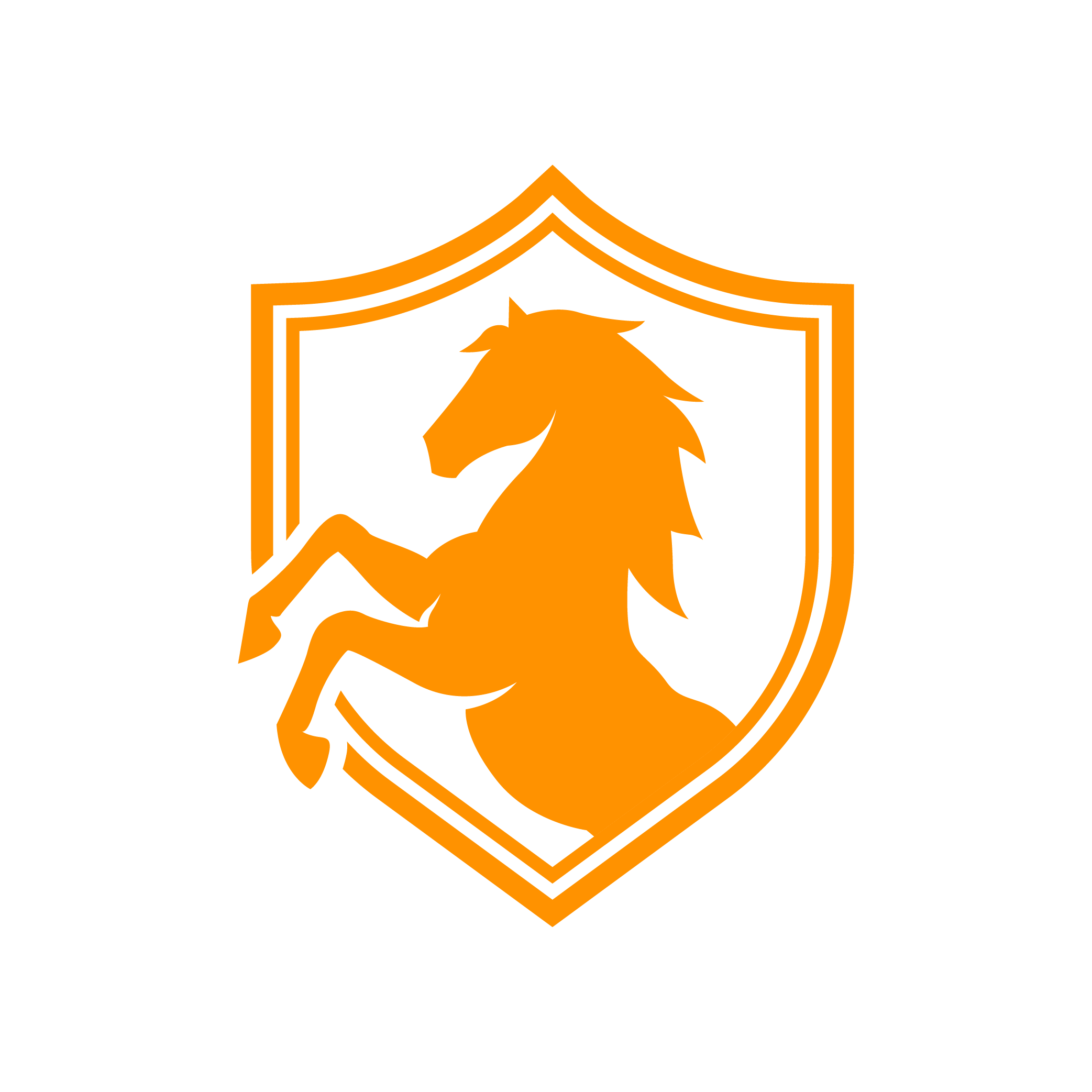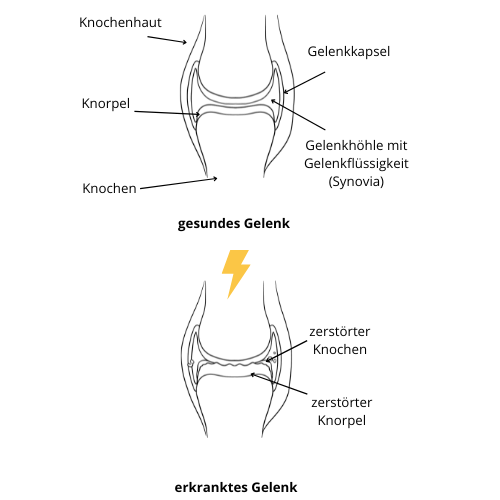The horse's skeleton consists of approximately 205 bones that provide stability and mobility to the horse's body. Most of these bones are arranged in pairs, meaning that corresponding bones are located on the left and right sides of the body. However, the exact number of bones can vary depending on the horse's breed, age, and stage of development. For example, there are horse breeds with more tail vertebrae, and the Arabian horse often has one fewer lumbar vertebra than other horse breeds. Another example of variation is the sacrum, which originally consists of several bones that fuse into a single bone over time.
/wp:paragraphwp:heading
Main functions of the skeleton
/wp:headingwp:paragraph
The skeleton fulfills several central functions that are crucial for the life and performance of the horse:
/wp:paragraphwp:list {"ordered":true,"start":1}
- wp:list-item
- Stability and support: The skeleton forms the basic framework of the body and gives it stability and shape. /wp:list-item
- Mobility: Together with muscles and joints, the skeleton enables the horse to make various movements. /wp:list-item
- Protection of organs: Bones protect important internal organs such as the heart, lungs, kidneys and digestive tract. /wp:list-item
- Mineral storage: Bones serve as storage for minerals such as calcium and phosphorus, which are essential for the body and are released when needed. /wp:list-item
wp:list-item
wp:list-item
wp:list-item
wp:heading
Anatomical structure of the horse skeleton
/wp:headingwp:paragraph
The horse’s skeleton can be divided into three main areas:
/wp:paragraphwp:list {"ordered":true,"start":1}
- wp:list-item
- Cranial skeleton: The cranial skeleton protects the brain and provides space for the sensory organs. It also includes the jaw and teeth, which are crucial for grinding and chewing food. /wp:list-item
- Trunk skeleton (or skeleton of the trunk): The trunk skeleton consists of the spine, ribs, and sternum. It protects the vital organs in the rib cage and allows the horse to maintain stability and balance. /wp:list-item
- Limb skeleton: The limbs consist of front and hind legs and are designed for movement. The bones of the limbs enable the horse to move, gallop, and jump. /wp:list-item
wp:list-item
wp:list-item
wp:paragraph
The horse's skeleton is a fascinating and well-coordinated system that provides the horse with stability, protection, and mobility. Caring for and supporting the skeletal system—whether through a balanced diet that ensures strong bones or through training that avoids excessive strain—is crucial for the horse's health and performance.
/wp:paragraphwp:image {"id":17535,"sizeSlug":"full","linkDestination":"none"}

wp:woocommerce/all-products {"columns":3,"rows":3,"alignButtons":false,"contentVisibility":{"orderBy":true},"orderby":"date","layoutConfig":[["woocommerce/product-image",{"ima geSizing":"thumbnail"}],["woocommerce/product-title"],["woocommerce/product-price"],["woocommerce/product-rating"],["woocommerce/product-button"]]}
/wp:woocommerce/all-products



Leave a comment
This site is protected by hCaptcha and the hCaptcha Privacy Policy and Terms of Service apply.